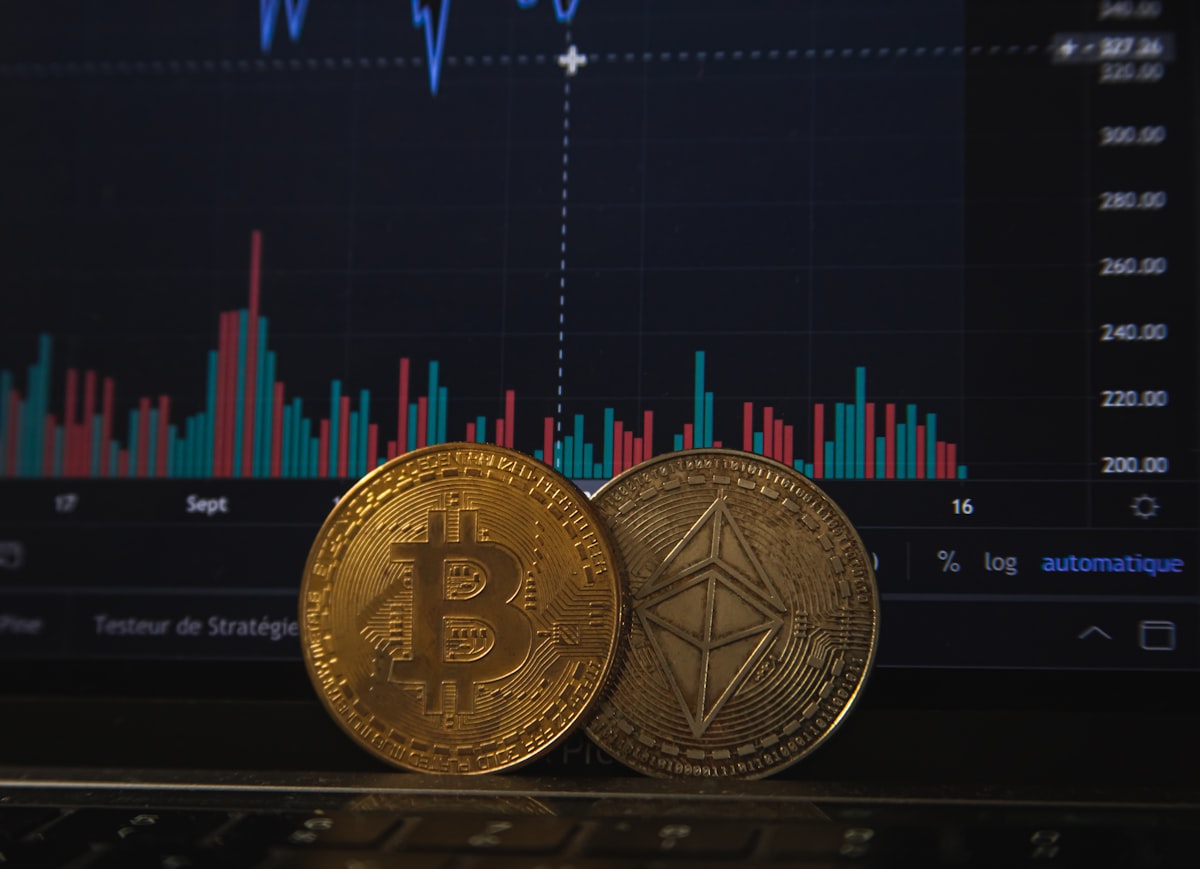Flexibility and Multitasking are the Future — a Quick Overview of the Qchain Platform

Blockchain technology emerged relatively recently, in 2009, with the launch of the first cryptocurrency, the Bitcoin. This had a huge impact as Bitcoin offered a real alternative to fiat money. Decentralization, which is one of its key solutions, helped to eliminate all sorts of intermediaries necessary for traditional transactions with currency. In just 10 years, Bitcoin has become more than simply an interesting technical development of Mr. Satoshi. It is now a real alternative to the dollar that can be used as a universal payment currency, and its rate grew at an astronomical rate (remember those two pizzas bought for 10,000 bitcoins in 2010?) And this is far from being its limit — it has great potential for further development.
However, as Bitcoin was only the first cryptocurrency, it has several significant drawbacks. Among them — the complexity of its scalability, low throughput, limited functionality (as it is used primarily as a financial instrument, although it can potentially have other uses), the lack of an adequate legal framework in certain countries, an interface which is difficult to understand and, therefore, frightens off potential users.
Some of the problems listed above are successfully solved by modern platforms, the systems of the 3rd, 4th, and 5th generations that have entered the market. So, the network throughput of modern blockchain platforms is comparable to the performance of such giants as Visa or MasterCard, which means that the problem of scaling is no longer relevant and the functionality they offer has gone beyond purely financial solutions. Our article is devoted to one of such platforms. So, please welcome, Qchain!
General Overview of Its Architecture and Services
As it has already been mentioned, blockchain technology can potentially be used in trade, logistics, medicine, copyright protection, data storage, etc. gaining real popularity in the world. To reach this goal, some great solutions have been implemented on the Qchain platform:
- The application (node) can be run on a variety of devices with an operating system. The system supports Mac-OS, iOS Windows, and Android, which means that you can connect to the network from your PC, smartphone, or tablet. Even if a certain version of the OS is not supported by the platform, the node can still be launched in browser mode.
- The system uses the PoS + PoT consensus scheme to maintain its operability; therefore, it can do without powerful video cards and cosmic energy costs required by Bitcoin, which operates based on PoW consensus (according to the statistics, the amount of electricity necessary to maintain the Bitcoin platform equals all electricity consumed by Sweden https://hbr.org/2021/05/how-much-energy-does-bitcoin-actually-consume).
- Multi-functionality. The vast majority of blockchains that exist today are financial platforms. But Qchain went much further. This is not only a cryptocurrency but also a place to store data, an exchange for goods and services, games, a platform for the development of startups (here you can create your own token and buy an ICO), and so on.
- It allows concluding agreements between several parties at once. Since it is technically possible to make n-dimensional blockchains (n<4) in Qchain, users can conclude smart contracts between five parties at once.
In addition, unlike other platforms that are based on peer-to-peer networks (this solution does not allow achieving very high performance, especially on a global network), Qchain has its own protocol, based on TCP/IP. This allows it to increase its performance by many times.
This platform has financial instruments for exchanging, buying, and selling cryptocurrencies and fiat money.
In addition, Qchain has a number of significant advantages that distinguish it from previous generations of blockchains:
- Throughput of at least 100,000 transactions per second (data received in the testnet network). The maximum possible rate is one million transactions per second.
- Easy scaling. This system can be expanded virtually indefinitely. Moreover, the small size of the block means that even when Qchain grows to the size of modern Bitcoin (in 2021), the total size of its registry will be only 1 GB, which is a very small volume on a global scale.
- Reliable protection. Qchain uses an original encryption scheme with an increased hash. As for data stored in decentralized storage — they are not just encrypted but also divided into parts, which excludes any attempts of unauthorized access.
- Earnings. As in other systems, in Qchain, all participants can receive income and there are several opportunities for this: staking, renting megabytes on disk, using the QTI index, increasing the cost of the QDT token, and using wrapped tokens.
- In addition, there is an opportunity for the use of third-party accounting and documentation systems.
Review of the Main Products
Let us now have a look at the services offered by the Qchain platform:
QToken - All operations and settlements in the system are based on the QDT service token. It is used to buy and sell goods and services, to pay dividends, etc.
QStaking - With an amount of 100,000 QDT or more on your account, you can use staking and receive passive income from online transactions (like a bank deposit).
QSwap - Allows trading cryptocurrencies and fiat money. In order to do this, you can use the QST token, the equivalent of the US dollar.
QStorage - In decentralized storage, some users share their files within the systems that belong to others (those who wish to rent out their hard disk space). Everyone benefits from this, since the cost of the storage is lower than in centralized ones, and those who donate their megabytes receive part of the payment.
QChain Place - The network provides an exchange for trading custom goods or services — it is called the Qchain Place, where the QDT token is used as the currency.
Magic Lotto - Some games have already been implemented based on blockchain technology, including this lottery. The peculiarities of the technology enable users to receive transparent and fair drawings with no commissions, easy withdrawals, and complete anonymity.
QToken NFT - Unique digital artifacts can be traded with the help of the QToken NFT service.
QTI - Another way to make money on the exchange. The QTI index monitors the situation on the crypto market by several key indicators, which allows users to instantly react to them and either buy or sell a particular currency.
QDex - On the QDex decentralized exchange, you can trade cryptocurrencies with a minimum commission of 1%.
Power smart - Multilevel affiliate program, Power smart, allows users to receive bonuses from all operations of the invited users.
In addition, in the near future the developers of the platform plan to launch a number of services that will significantly expand the scope of this network. Developers plan to implement solutions for IoT, unmanned vehicles, trader bots, etc.
Modern blockchain platforms are no longer limited to financial solutions alone. Step by step, they are being introduced into everyday life in more and more areas. And thanks to decentralization and the absence of barriers within the platform, in the next few years, systems like Qchain will become noticeable competitors to many familiar services and products.




